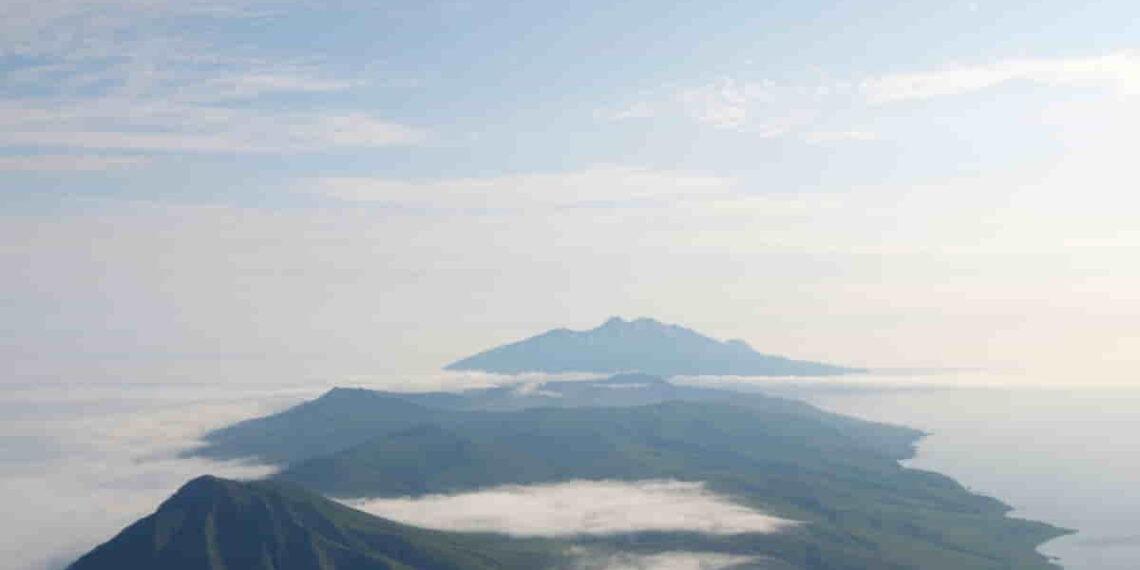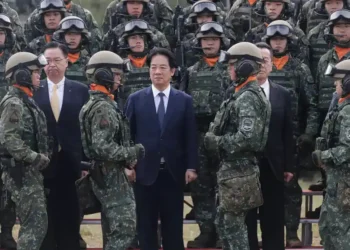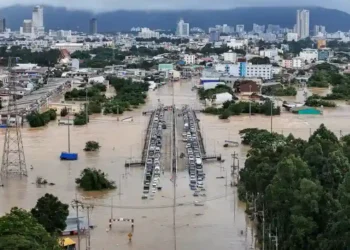“Mystery Volcano” from 1831 That Cooled Earth Finally Identified
In a groundbreaking discovery, scientists have identified the volcano responsible for a massive eruption in 1831, which had a significant cooling effect on Earth’s climate. This mysterious event, one of the most powerful eruptions of the 19th century, released an immense amount of sulfur dioxide into the stratosphere, causing global temperatures to drop by nearly 1 degree Celsius (1.8 degrees Fahrenheit) for the Northern Hemisphere.
This cooling occurred during the tail end of the Little Ice Age, one of the coldest periods in the last 10,000 years. While the eruption date was known, the exact location remained a mystery for nearly two centuries. Thanks to recent scientific advancements, this riddle has finally been solved.
The Discovery Process
To unravel the mystery, researchers turned to ice cores taken from Greenland. By studying the layers of ice, they analyzed sulfur isotopes, ash particles, and volcanic glass shards deposited between 1831 and 1834. Using advanced geochemistry, radioactive dating, and computer modeling, they traced the eruption’s particles back to an island volcano in the northwest Pacific.
The volcano responsible for the 1831 eruption was identified as Zavaritskii, located on Simushir Island in the Kuril Islands archipelago—an area disputed by Russia and Japan. Prior to this discovery, the most recent eruption from Zavaritskii was recorded in 800 BC.
A ‘Eureka’ Moment
The volcanic eruption that cooled Earth’s climate had long been attributed to tropical volcanoes like the Babuyan Claro in the Philippines. However, the discovery of sulfur fallout in Greenland—about 6.5 times higher than in Antarctica—indicated that the eruption came from a mid-latitude volcano in the Northern Hemisphere.
Scientists were able to confirm the match by comparing chemical traces in volcanic ash samples from the Kuril Islands with ice core data. Dr. William Hutchison, the study’s lead author, described the moment when they matched the two ash samples as a “genuine eureka moment.”
“I am still surprised that an eruption of this size went unreported,” said Dr. Hutchison. “Perhaps historical records in Russia or Japan contain details that haven’t been unearthed yet. That’s an area we are excited to explore further.”
The End of the Little Ice Age
The eruption of Zavaritskii was part of a series of volcanic events that contributed to the waning of the Little Ice Age. This climate anomaly, lasting from the early 1400s to around 1850, caused a 1.1-degree Fahrenheit (0.6-degree Celsius) temperature drop in the Northern Hemisphere. In some regions, temperatures were 3.6 degrees Fahrenheit (2 degrees Celsius) colder than usual.
In addition to Zavaritskii, other eruptions such as Mount Tambora in 1815 and Cosegüina in 1835 were identified as contributors to this climatic cooling. However, the eruption from 1808/1809 remains unidentified.
Global Consequences
Following the 1831 eruption, cooler and drier conditions dominated the Northern Hemisphere, triggering widespread famine and hardship. The cooler temperatures contributed to crop failures and famines across India, Japan, and Europe, affecting millions of people. Dr. Hutchison speculates that the eruption may have been a significant factor in these widespread food shortages.
“While other socio-political factors may have played a role, it seems plausible that volcanic cooling contributed to crop failure and famine during this period,” said Hutchison.
Implications for Modern Science
This discovery highlights the potential of volcanoes in isolated regions to affect global climates. The Zavaritskii eruption provides a clearer understanding of volcanic activity during the Little Ice Age and its global climate consequences.
However, scientists also caution that many volcanoes, especially in remote locations like the Kuril Islands, remain poorly monitored. As a result, predicting future eruptions of this magnitude is a challenge.
“We don’t have a coordinated international system in place to respond effectively to large eruptions, especially in remote regions,” said Dr. Hutchison. “This is something we need to seriously consider moving forward, both as scientists and as a society.”
Looking Ahead
The study of the Zavaritskii eruption not only fills a critical gap in our understanding of volcanic history but also serves as a reminder of how climate-altering eruptions can come from unexpected places. With better monitoring systems, humanity may be more prepared to handle future eruptions that could have global consequences.
This article was rewritten by JournosNews.com based on verified reporting from trusted sources. The content has been independently reviewed, fact-checked, and edited for accuracy, neutrality, tone, and global readability in accordance with Google News and AdSense standards.
All opinions, quotes, or statements from contributors, experts, or sourced organizations do not necessarily reflect the views of JournosNews.com. JournosNews.com maintains full editorial independence from any external funders, sponsors, or organizations.
Stay informed with JournosNews.com — your trusted source for verified global reporting and in-depth analysis. Follow us on Google News, BlueSky, and X for real-time updates.














